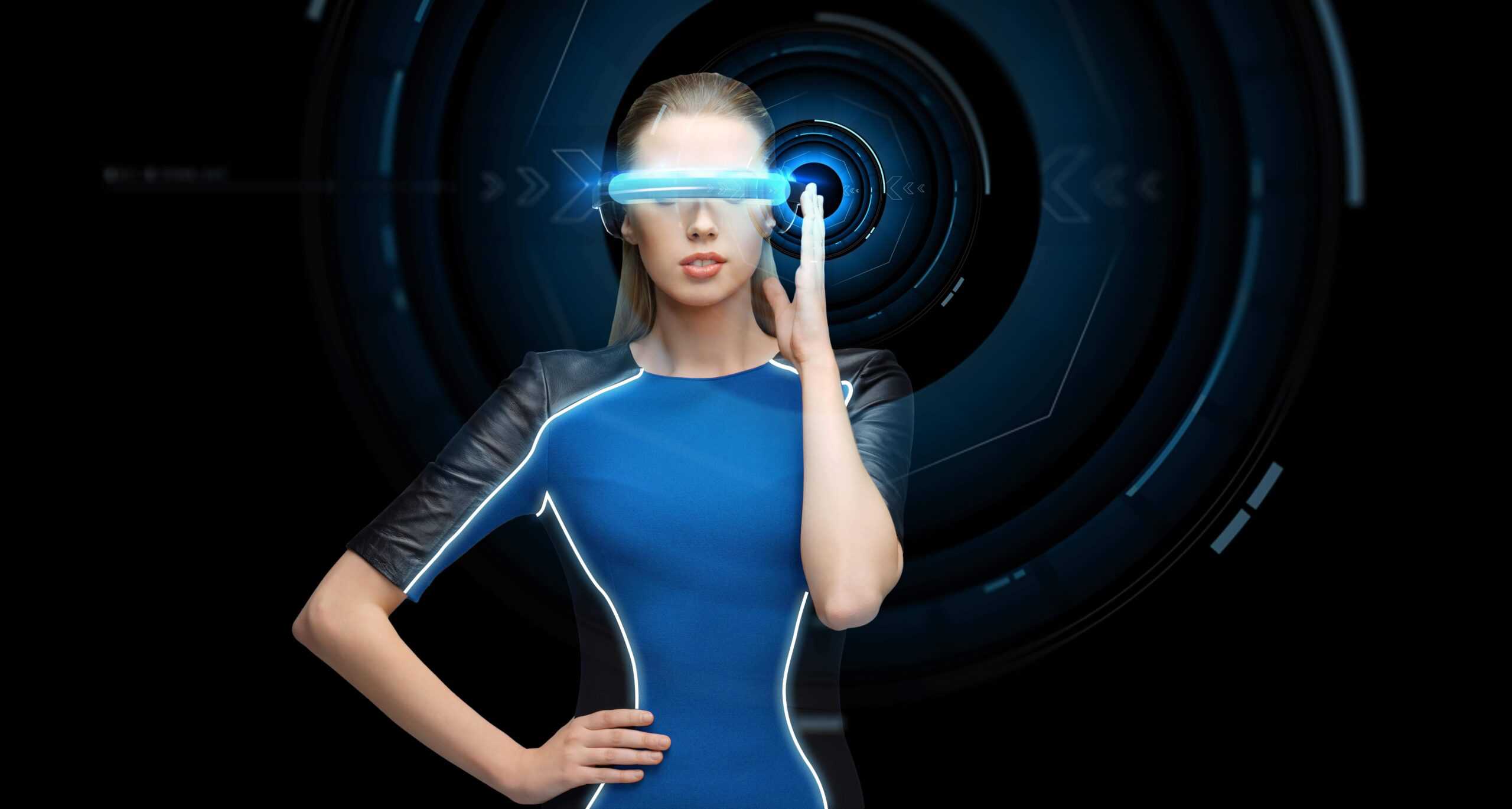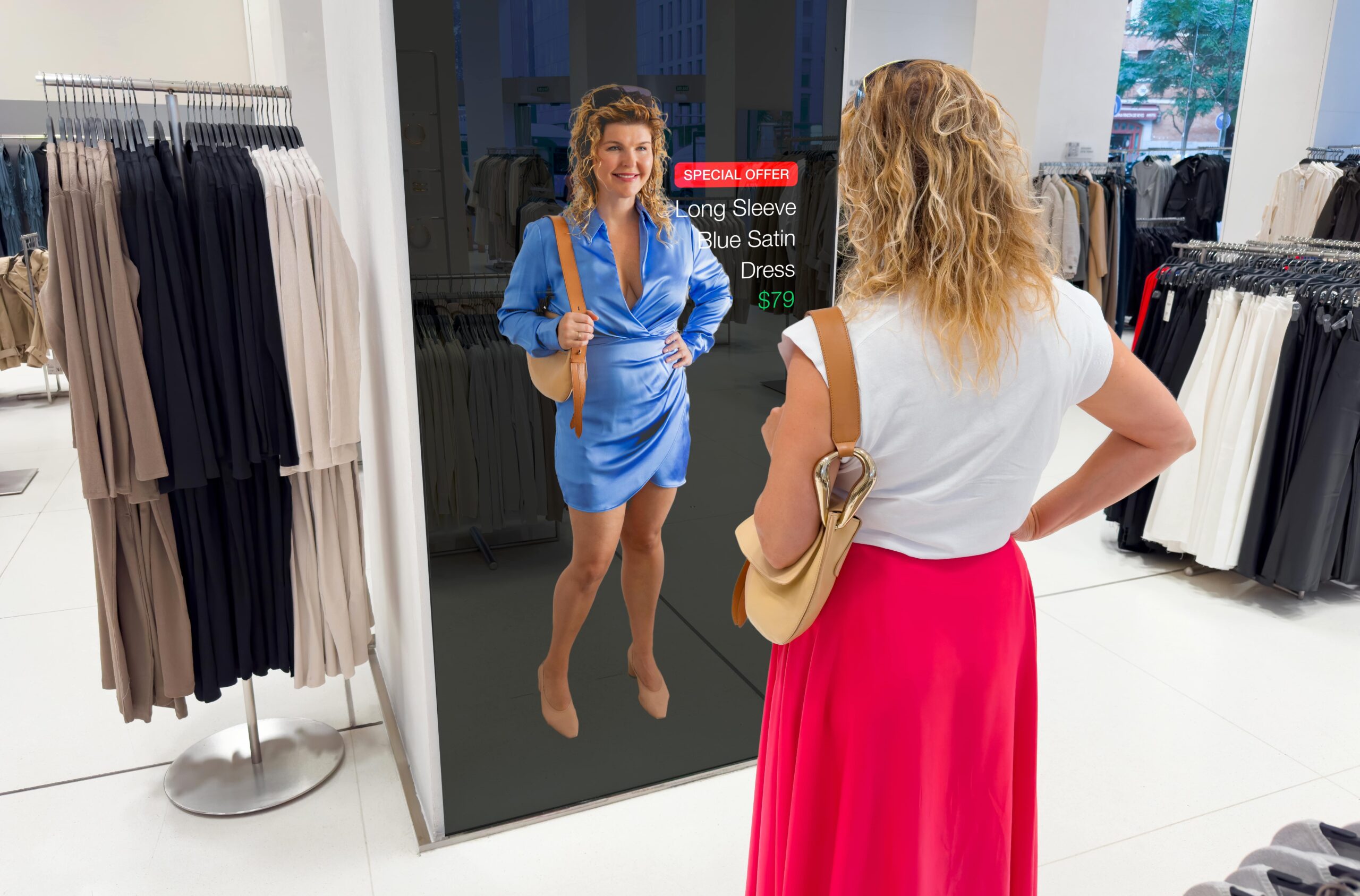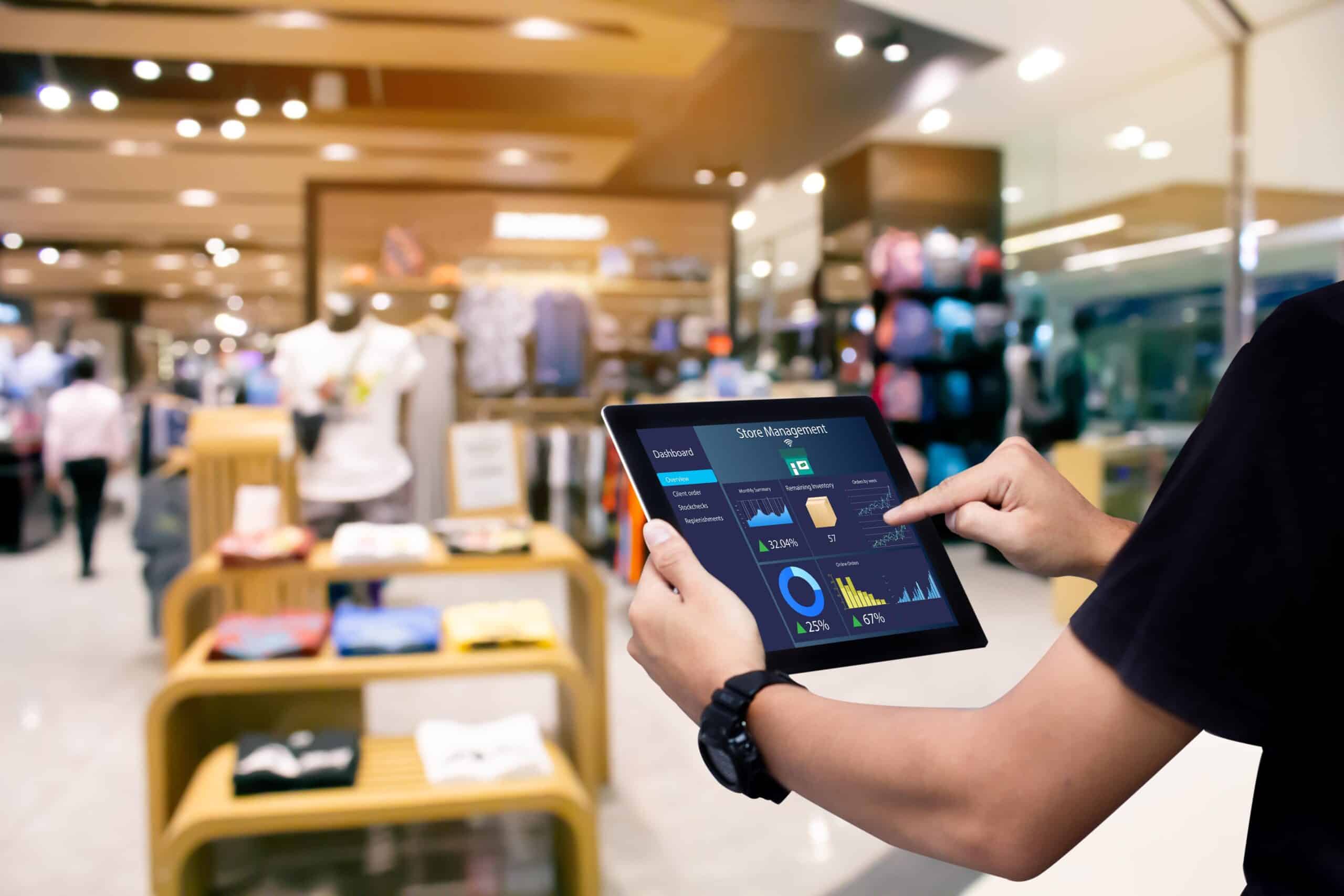How the pandemic affects the retail sector and what businesses can do to overcome the crisis
Since COVID-19 was first discovered in December 2019 in Wuhan, China, it has spread rapidly across the globe. Once the WHO declared it a pandemic, many countries went into lockdown to curb the spread of the virus. While lockdowns have been fairly effective in reducing the number of infections, they have also put tremendous pressure on the world’s economy. Millions of people lost their jobs, thousands of businesses have closed for good, and entire industries have been devastated. The resulting recession will possibly be the most severe the world has ever experienced. So, what does that mean for the future of retail? Is there anything businesses can do to turn the tide?
The impact of the corona crisis on retail
The market research company Forrester predicts that the retail sector will suffer a $2.1 trillion loss in 2020 and that it will take four years to go back to the pre-pandemic levels of growth. After registering two consecutive months of record-breaking slumps, retail sales in the US increased by 17.7 per cent in May, according to a report published by the Commerce Department. In the UK, the Office for National Statistics revealed that total retail sales rose by 12 per cent in May, following an 18.1 per cent drop in April. Still, the sales remained 13.1 per cent down compared to the previous year.
In Germany, retail sales fell by 0.6 per cent in May, according to data from Destatis. Compared to the same month previous year, sales dropped by 2.8 per cent. Meanwhile, retail sales in China fell by 2.8 per cent in April compared to the previous year. However, since it doesn’t depend on brick-and-mortar stores as heavily as other countries, China’s retail market will be less affected by its closures and is predicted to eclipse the US for the first time in 2020, reaching $5.07 trillion.
What we have learned from previous recessions & crises
A closer look at three other recent crises — the SARS epidemic in China in 2003, the earthquake, tsunami, and Fukushima nuclear disaster in Japan in 2011, and the MERS epidemic in South Korea in 2015 — reveals that all share similar phases: shock, recovery, and stabilisation. This indicates that retail will eventually recover and stabilise this time as well. As we don’t know when the pandemic will end, it’s difficult to make any reliable predictions as to the recovery timelines. What we can say for certain is that growing demand for online shopping has shown that traditional retailers – to have any chance at survival – need to adopt an omnichannel business model, rather than relying exclusively on brick-and-mortar stores.
Structural changes in retail
The COVID-19 pandemic has resulted in a lasting change in consumer behaviour, forcing retailers to rethink their business models in order to adapt to the new normal. As more people switch to online shopping, the e-commerce market will continue to expand, resulting in a permanent increase in e-commerce sales. ‘Buy online, pick up in-store’ (BOPIS) and curbside pickup services also saw a rapid growth in popularity during the crisis. Today’s consumers are becoming more cautious with their purchases, paying more attention to sustainability and authenticity. They are also increasingly looking for more flexible payment options.
Retailers are increasingly experimenting with the concept of cashier-less stores, which allow customers to automatically pay for their purchases as they walk out. They are also experimenting with innovative ways to offer consumers an augmented shopping experience. Furthermore, the coronavirus crisis has proven just how useful robotics technology can be, helping retailers reduce their costs, improve store operations, and limit human contact.
Visions for the future of retail
It’s becoming clear that COVID-19 will forever change the retail sector. Jonathan Elms, a professor at Massey University, believes that people will increasingly shop online. Having the lowest prices won’t be enough to attract consumers anymore. Instead, retailers will have to offer them something unique and authentic, something they won’t be able to get elsewhere.
Jack Kleinhenz, chief economist of the National Retail Federation (NRF), believes that consumers will go back to their old shopping habits eventually but economic recovery will be gradual. Rick Lowe, managing director at Brands In, leading licenced apparel distributor in Europe, predicts that consumers will increasingly switch from brick-and-mortar stores to online shopping, which could spell trouble for retailers that don’t have an established online presence.
Trendwatcher and futurist Richard van Hooijdonk is particularly worried about the retail entrepreneurs who haven’t identified digital retail as the core of their strategy. Van Hooijdonk believes that, within retail, too, it should be ‘digital first’. The pandemic also had a profound effect on existing hierarchies, with people operating the tills in supermarkets and healthcare staff taking the hero status away from celebrities and footballers. For retail futurist Howard Saunders, it’s a sign of an upcoming socio-economic reboot. Saunders believes that the sector is facing an apocalypse and that thousands of shops, bars, pubs, restaurants, cinemas, galleries, and similar venues will have to shut down for good.
Retail futurist Douglas Stephens predicts that there will be a period of rampant consumerism in the aftermath of the pandemic. Grateful for being alive and healthy, people will try to enjoy themselves more and they’ll be more willing to open up their wallets. The futurist Geraldine Wharry, on the other hand, expects that the pandemic will bring an end to overconsumption. After months of not being able to shop in physical stores, some people will realise they can easily do without it and spend their time doing more meaningful things.
Strategies for overcoming the crisis
The recession sparked by COVID-19 is posing an existential threat to many businesses. In times of crisis, companies need to deploy the right strategies if they want to survive. A study conducted at Harvard suggests that it’s all about finding the right balance between the present and the future.
With consumers advised to practise social distancing, retail companies were forced to invest in omnichannel solutions. A large number of physical stores have had to close their doors and take their businesses online. To create memorable shopping experiences, some retailers are launching VR channels to enable consumers to browse products in a virtual environment. Others are turning to alternative solutions like online quizzes or social media live streams to encourage consumers discover and purchase new products online.
McKinsey & Company advises organisations to start reinventing their business models from the very core, rather than focusing on making smaller adjustments to non-core areas. Implementing AI-powered platforms can help businesses analyse data and turn it into actionable insights. In a post-COVID-19 world, retail brands will need to make use of automation tools to streamline their operations and make sure their shelves are fully stocked with fresh produce and other essential items.
New business models and innovative technologies
With global priorities changing overnight, retailers have been forced to adopt new approaches and emerging technologies to help them stay afloat until the storm passes. Streetify is a new e-commerce platform that allows consumers to select which street they want to visit and explore it by scrolling left or right. The streets are lined with virtual storefronts, which consumers can click on to enter the corresponding store’s Streetify page, where they are presented with special offers, deals, and promotions.
OpenTable is an online restaurant reservation platform that allows customers to book a table in more than 52,000 restaurants worldwide. However, when COVID-19 struck, OpenTable pivoted from restaurants to supermarkets and added a new feature that allows you to reserve shopping times at grocery and retail stores.
Another technology designed to help consumers navigate the COVID-19 crisis comes from Germany, where Decathlon has rolled out a mobile self-checkout solution developed by MishiPay in 81 of its stores across the country. The MishiPay app allows customers to use their smartphones to pay for their items and automatically disables RFID security tags to enable them to freely walk out of the store.
The future of retail
The coronavirus pandemic has had a tremendous impact on the retail sector, making it clear that we may never go back to the way things were before. As consumers increasingly turn to online shopping, brick-and-mortar retailers are forced to embrace innovative technologies like artificial intelligence, AR/VR, holograms, robotics, and drones to gain a competitive edge and meet consumer expectations.
We can expect the retail customer experience to become increasingly personalised, enhanced by in-store VR/AR promotions, interactive displays, smart mirrors in fitting rooms, and AR-overlaid product information. There will also be facial recognition systems that identify you as you walk into the store, pulling up your name and purchase history so that they can show you all the things you like.
In the future, people will increasingly shop online. Every online store will have its own interactive, conversational chatbot that will use information about your past purchases to suggest new items you will like. People will increasingly use their voice to browse the web. VR and AR will facilitate interactions with virtual shop advisors and enable you to virtually try on a product you’re interested in. Marketing will also become increasingly personalised and immersive, providing companies with new, mind-blowing ways to grab your attention.
The future will also bring new payment methods, allowing us to pay for our purchases with a swipe of our hand, a smile, or an iris scan. Delivery speed will increase significantly as well. The retailer of the future will deliver your orders within hours, using local dispatchers and drones, while autonomous trucks will 3D-print your product just before they arrive at your doorstep. You may soon even have your own 3D printer, practically bringing the shop to your home.
Retailers will increasingly use AI to identify emerging retail trends, predict consumer behaviour, and provide a better customer experience. In the warehouse of the future, humans will become a thing of the past, with automated inventory robots and intelligent picking processes taking over and getting the job done – faster than ever. Sensor tech and GPS will enable retailers as well as consumers to monitor the exact location of their packages at any given time. There is no doubt that technology is set to play an increasingly prominent role in the retail industry over the next couple of years, forever changing the way we shop.




